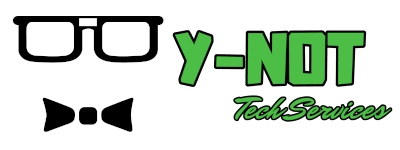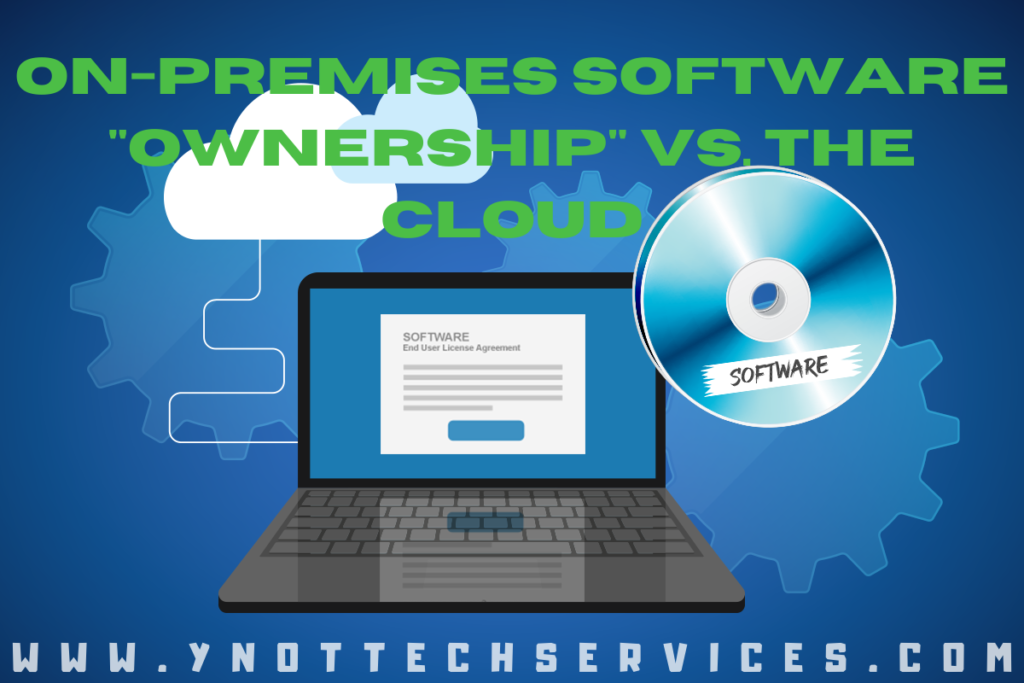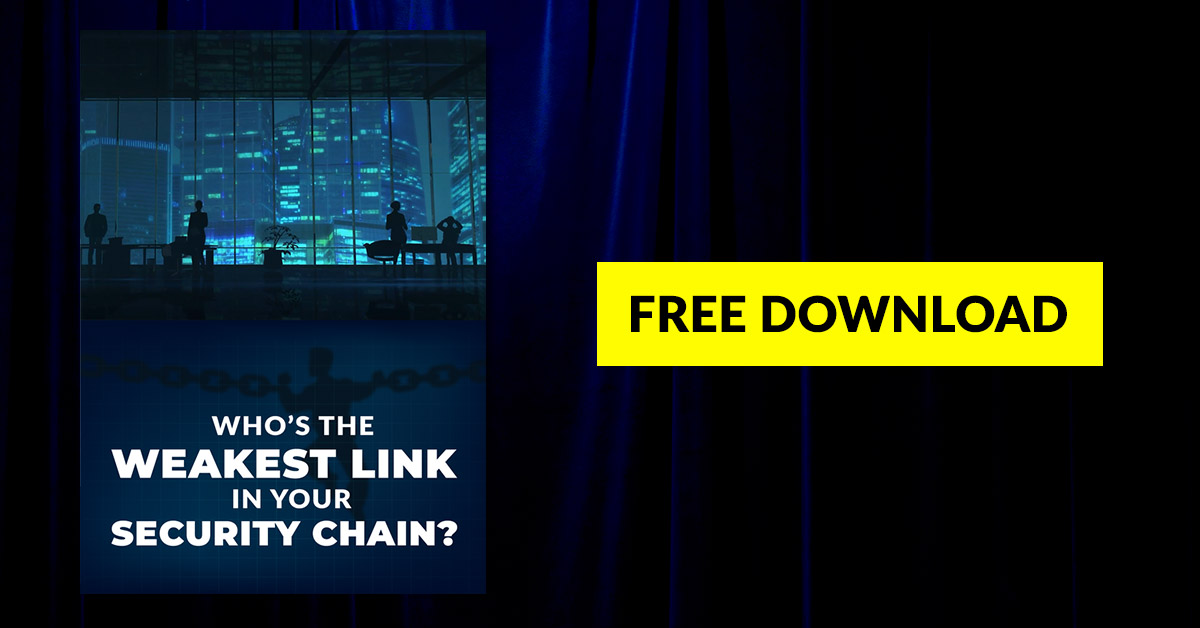On-premises Software “Ownership” vs. The Cloud
Cloud computing is common in business. Yet there are some who remain skeptical. One of the sticking points is that the business doesn’t own the software it is using in the cloud. This can cause concern, but this article helps you weigh up the options.
Your business has two choices really. Buy a software package and install it on your devices, or subscribe to the same or similar software offering online in the cloud. (You might also develop and customize your own software, but that’s another story).
When you buy the software, there’s a feeling of ownership. You pay for what you want, and it’s yours. But while you may have the discs in hand, you never really own that software. What you did was enter into an agreement with the manufacturer to use that application in a certain way.
If you go the cloud-based software route, you don’t own but rather subscribe. Meanwhile, you get the benefit of always up-to-date and evolving software. You have access to that software online, often from any internet-enabled device. The software is sharable with more than one person, and every user enjoys the same, consistent and convenient access.
Software support and security
When you “own” the software, you’re responsible for upgrading it and keeping it patched for the latest security vulnerabilities. You’re also limited to the features installed when you purchased that product.
Also, the standalone version of the software is supported only for its lifecycle. You can grow used to using certain software in a particular way. But after five years (typically), the software will be out of date. You can keep using it afterwards, of course, but there will no longer be manufacturer support. That can mean security risks for your business.
Those who subscribe to cloud software get ongoing support and security upgrades, for which there is an ongoing fee. Yet in return, you automatically receive maintenance updates and security improvements. Plus, as new features become available, you get access to those, too, so you can always enjoy the latest and greatest version of that software if you want to install it.
Software developers like this approach, because they can be more responsive. They are able to respond to user requests in real-time and make changes within days.
Scaling with software in the cloud
Scaling with the software you own on-premises is more challenging, as the software is static. If you want more features, you will need to buy more software to install.
With the cloud version, you often gain access to an expanded roster of features. If they are not included, you may have the option of adding on or “unlocking” a new level.
An advantage to the cloud approach? You can install those added features when you need them. But if they add cost and you don’t need them all the time, you can scale back.
Develop a cloud strategy
The type of software “ownership” that suits you will depend on your business goals. Budget can be a factor, too. It helps to have an overall technology strategy. We can help with the decisions you need to make. Schedule a free consultation with our experts today.



